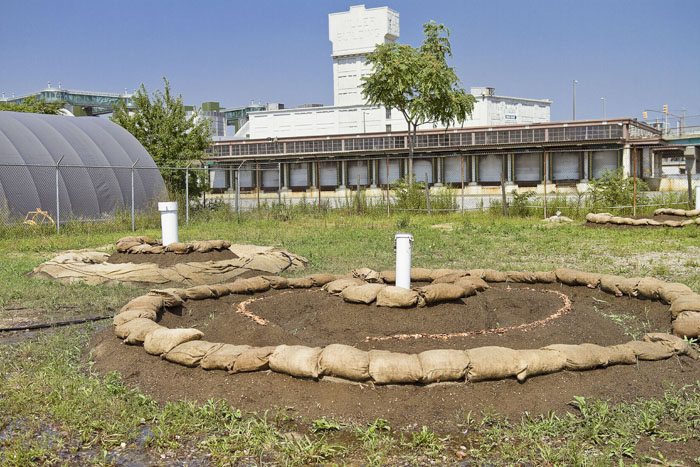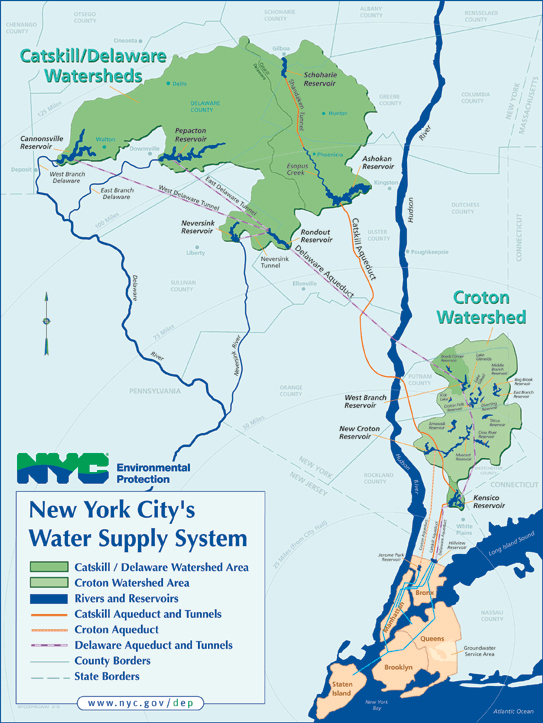One of New York City’s wastewater sewer sheds, the 26th Ward is responsible for servicing the neighborhoods of the south Brooklyn and Queens area. A major issue challenging the 26th Ward is combined sewer overflow (CSO). CSO occurs when stormwater on roofs, streets, and sidewalks, in addition to wastewater from residential and commercial businesses, is carried through to treatment plants, causing an excess of water in the treatment system. This excess then spills into and pollutes the nearby Jamaica Bay. The implications of CSO are severe. With continually rising sea levels as a result of thermal expansion from the emission of greenhouse gases, CSO exacerbates the issue of pollution and the damage caused by weather-related disasters like Hurricane Sandy. However, a key way to tackle CSO is through the implementation of grey and green infrastructure. In particular, the development of a storage tunnel-interception system would allow CSO to be contained through the construction of interceptor tunnels. These tunnels will release the excess water into the system once the system has the capacity to effectively process it. In addition, public green spaces in surrounding neighborhoods can be made impervious so as to slow down the rate at which water flows into the system. These practices would ultimately lead to a reduction in the magnitude of the devastation caused by extreme weather events, as well as create a more safe environment for residents. Although these solutions cannot be implemented overnight, they signify an important step in the process of moving toward an environmentally friendly and sustainable future.
Will upgrades to the 26th Ward be enough to combat the mounting issue of #CombinedSewerOverflow? #bcsfh2o https://t.co/RZrMBDmHLG
— Jordan Williams (@jordwill98) December 3, 2017






